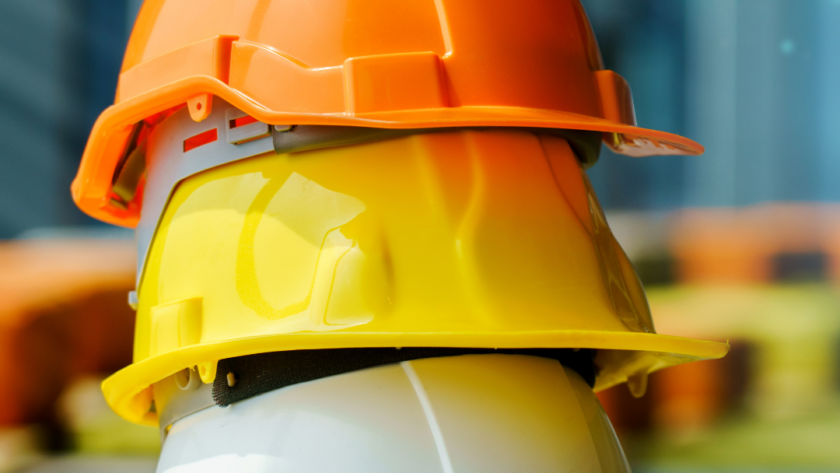The construction industry is one of the most vital sectors in the global economy, contributing significantly to the Gross Domestic Product (GDP) of nearly every country. It comprises a vast range of activities involving residential, commercial, and industrial construction, infrastructure development, and renovation projects. This industry employs a diverse workforce of architects, engineers, project managers, skilled tradespeople, and laborers. However, despite the sector’s significance, it is also characterized by its high-risk nature, with safety being a paramount concern.
In this article, we will delve into the cornerstone of construction – safety on the job site – and explore its crucial role in ensuring successful outcomes for construction projects.
Why Safety Should Be a Top Priority
Safety should always be at the forefront of everyone’s minds when it comes to construction. The Occupational Safety and Health Administration (OSHA) reports that one in five worker deaths occurs in the construction industry, making it one of the most dangerous occupations. Additionally, construction workers are also at a higher risk for non-fatal injuries and illnesses than those in other industries.
Apart from the obvious humanitarian reasons, prioritizing safety on the job site also makes financial sense. Workplace accidents can result in expensive medical bills, lost productivity, legal costs, and damage to equipment or property. There is also the risk of reputational damage, project delays, and potential legal action. By prioritizing safety, construction companies can mitigate these risks and create a more efficient and profitable working environment.
The Role of Leadership in Promoting a Culture of Safety
Creating a culture of safety begins at the top, with strong leadership. Company leaders must actively prioritize safety and instill this mindset throughout the organization. They should establish clear and consistent protocols for safety procedures, provide adequate training and resources, and lead by example by adhering to these standards themselves.
Effective communication is also key in promoting a culture of safety. Construction sites are fast-paced and dynamic environments, making it essential to have open lines of communication between workers, supervisors, and management. This allows for the quick dissemination of important safety information and ensures that everyone is on the same page regarding procedures and protocols.
The Importance of Proper Equipment
One crucial aspect of ensuring safety on construction sites is the use of proper equipment, such as scaffold planks. These are temporary platforms used to support workers and materials during construction, renovation, or maintenance projects. Scaffold planks come in various types and sizes, including wood, aluminum, steel, and composite materials.
Selecting the appropriate scaffold plank for a particular job depends on several factors, such as weight requirements, material strength, and durability. It is crucial to follow manufacturer guidelines and regularly inspect the planks for any signs of wear or damage.
Another essential piece of equipment in promoting safety on construction sites is personal protective equipment (PPE). This includes hard hats, gloves, safety glasses, and high-visibility clothing. Properly fitting and wearing PPE can significantly reduce the risk of injury and should be mandatory for all workers on the job site.
Aside from providing the necessary equipment, employers must also ensure that workers are trained in how to use and maintain it correctly. Regular safety training sessions should be conducted to reinforce the importance of PPE and proper equipment usage. This training should also cover emergency procedures in case of an accident or injury.
Conclusion
In conclusion, safety should always be a top priority on construction job sites for both ethical and financial reasons. Strong leadership, open communication, and utilization of proper equipment are essential elements in creating a culture of safety. By following these principles, construction companies can promote a safe and efficient working environment for their employees while also protecting their bottom line. So let’s make safety the cornerstone of all construction projects and ensure that everyone returns home safely at the end of each day.



